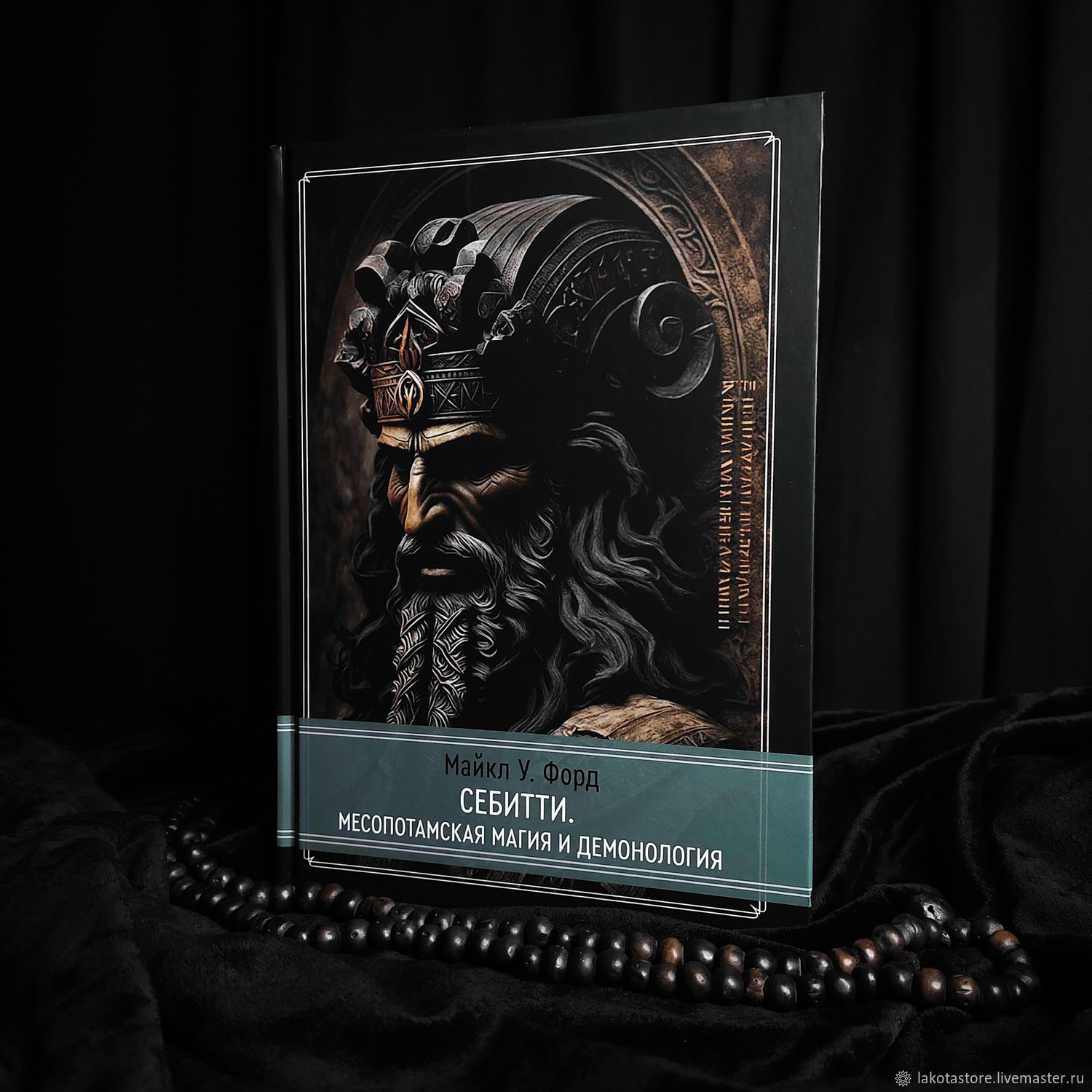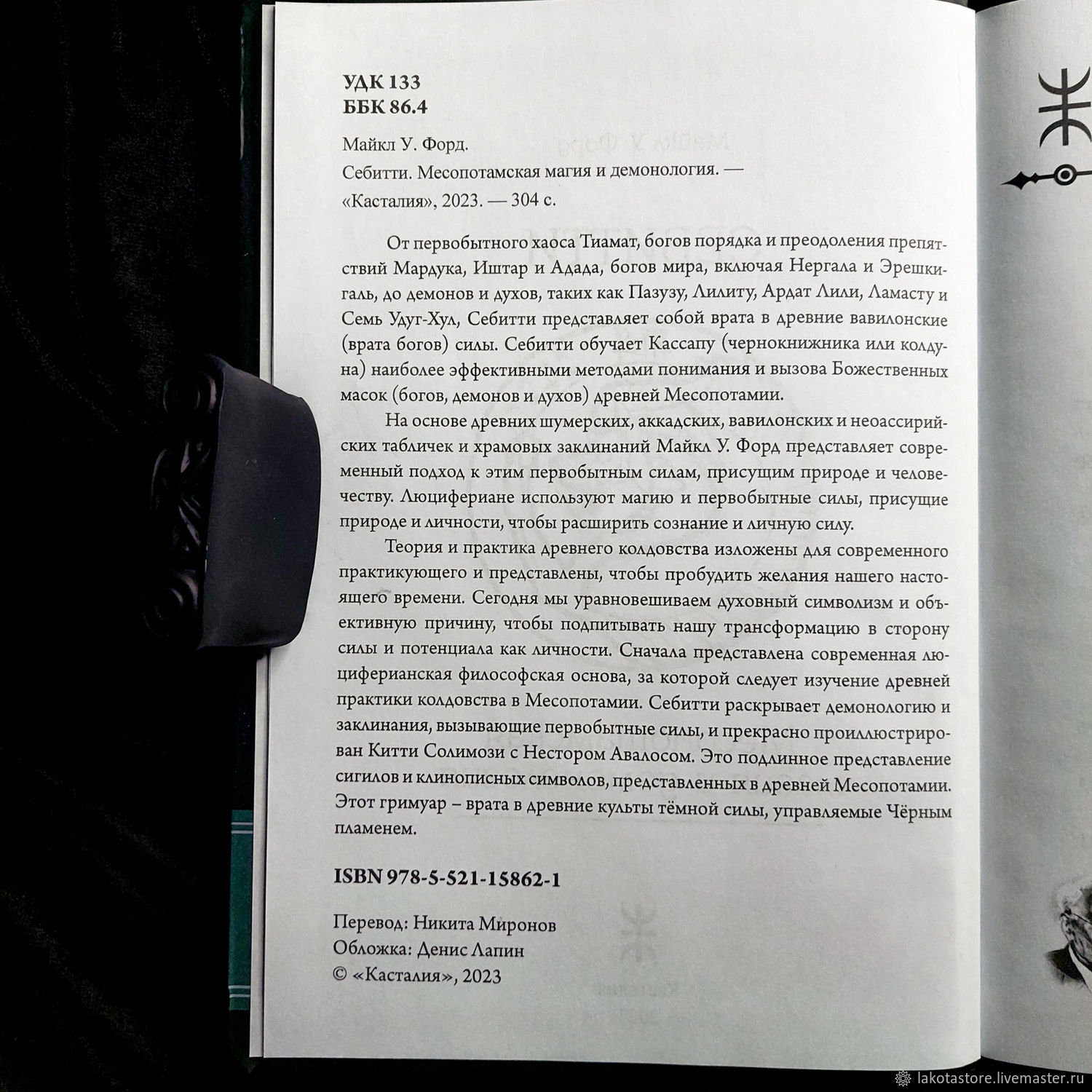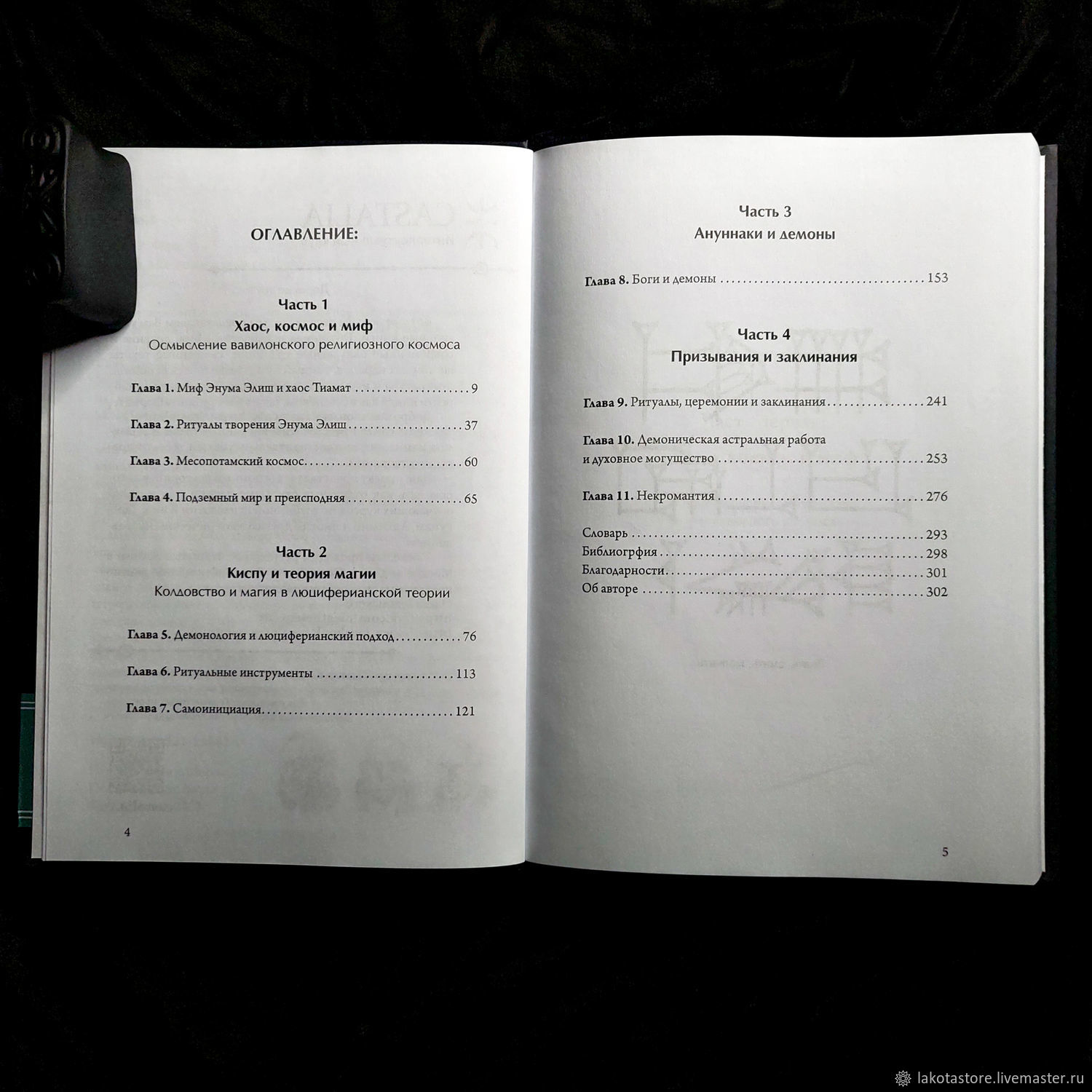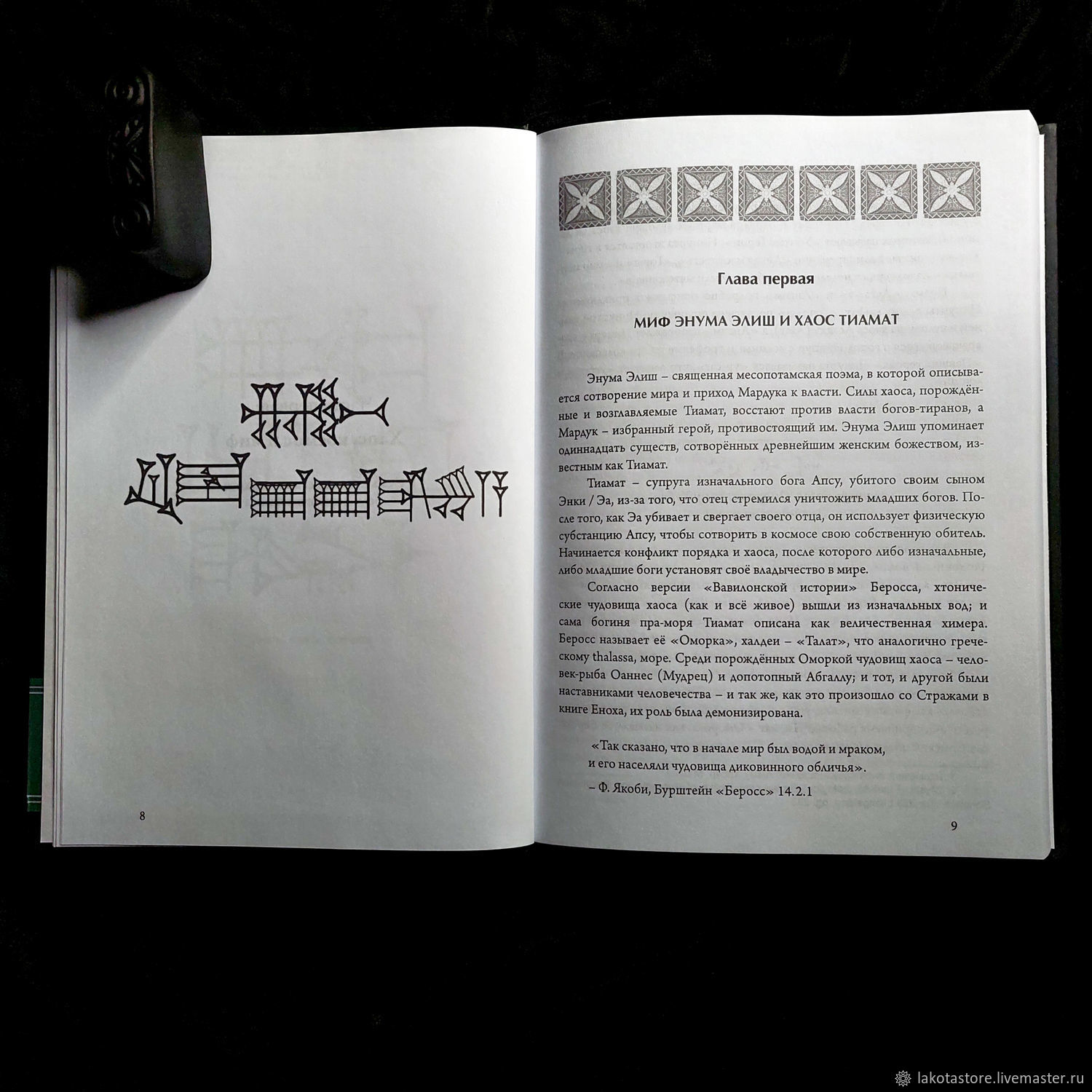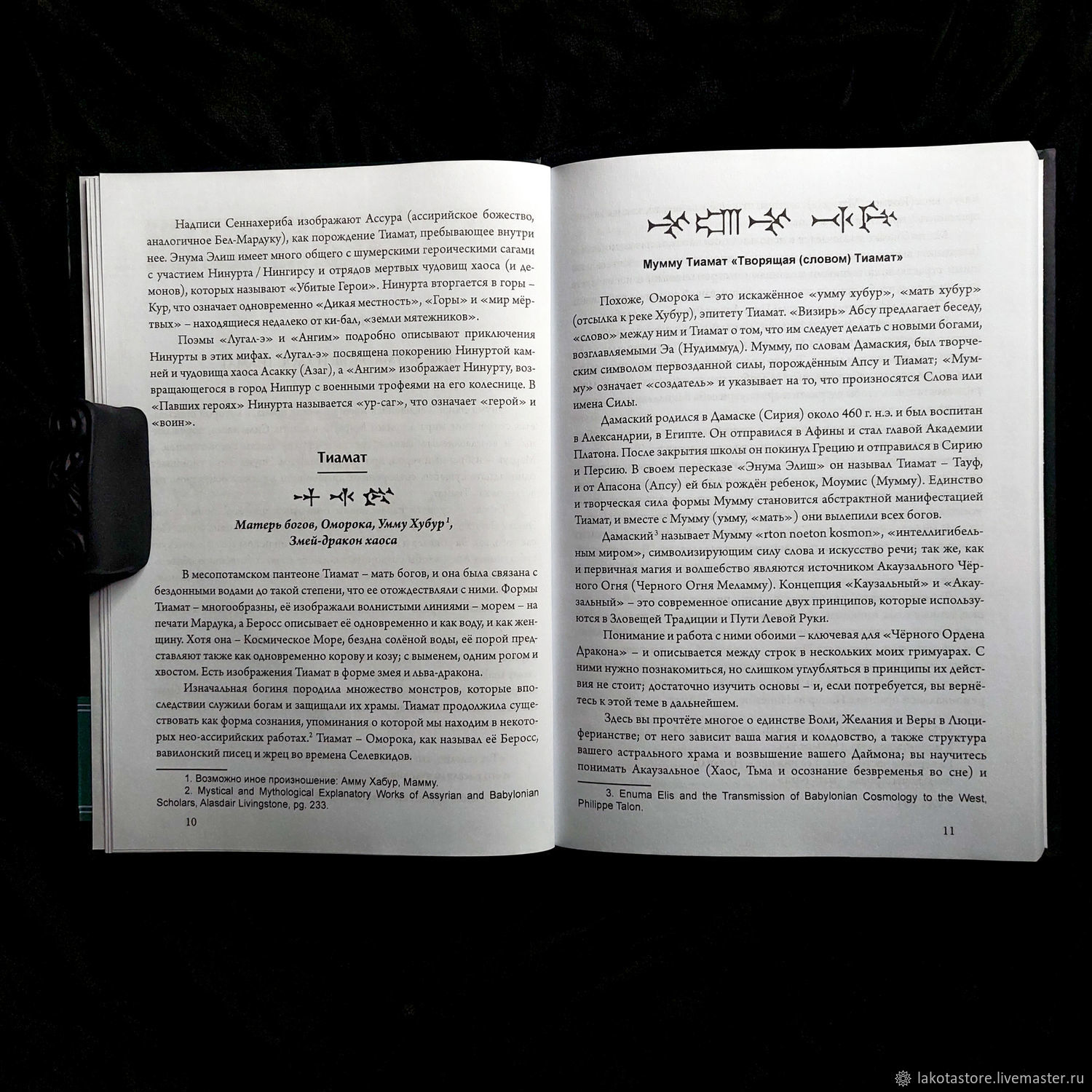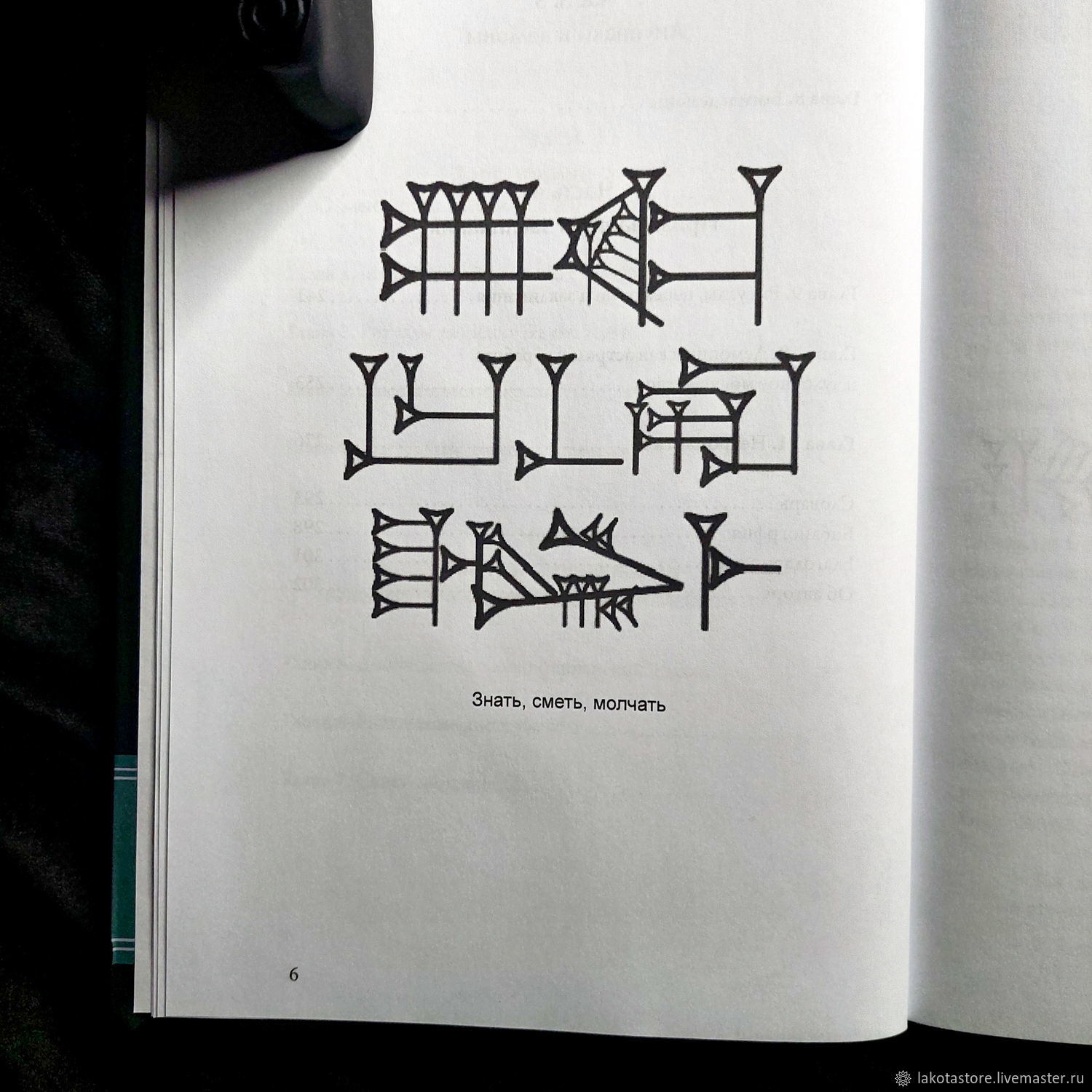$23.31
В наличии 666 шт
Способ оплаты уточните у продавца
Описание
Explore the unprecedented grimoire of ancient Babylonian demonology.
Learn how to perform powerful Luciferian witchcraft rituals to harness the infernal power of the legendary Anunnaki, Tiamat, Ishtar, Lilith, Ereshkigal, Marduk, Ningishzida, Pazuzu, King, Nergal, Gallu Demons and other powerful deities.
Learn the REAL TRUTH about Demonology from bestselling author Michael W.. Ford.
From the book:
The Babylonian myth of Enuma Elish is a cult poem that describes the cosmology of the world and Marduk's rise to power. The forces of chaos, created and controlled by Tiamat, are directed against the order of the usurper gods, and Marduk is the chosen hero who opposes them. Enuma Elish describes 11 beings created by the archaic female divinity known as Tiamat.
Tiamat is the wife of the original deity Apsu, who was killed by his Son Enki/Ea, because of his father's desire to destroy the younger gods. After Ea kills and overthrows his father, he uses the physical substance Apsu to create his own abode in space. The conflict of order with chaos is situational in nature, and either the original or the younger gods will impose a type of order in the world.
In the tradition preserved in Berossus' Babylonian History, chaos monsters (like all living things) are created from primordial waters; The primeval goddess of the sea Tiamat is described as ruling hybrid beings. Berossus introduced this woman under the name Omorka, the Chaldean name Talat; translated from Greek meaning Thalassa, the sea. Among the monsters of chaos, the Lobster is a fish-man (Sage) Oannes and the antediluvian Apkallu; both instruct mankind in the same tradition, which is demonized like the Guardians in the Book of Enoch.
"They say that there was a time when everything was in darkness and water, inside which monstrous creatures lived, creatures of strange shapes".
— F. Jacobi, Burstein "Berossus" 14.2.1
The inscriptions of Sennacherib represent Assyria (the Assyrian deity who assimilated Bel-Marduk) as the creation of Tiamat, located inside her. Enuma Elish is closely related to the Sumerian tradition of the heroic saga involving Ninurta/Ningirsu and a group of dead chaos monsters (and demons) known as the "Slain Heroes". Ninurta invades the mountainous lands known as the Kura, described as wilderness, mountains and the underworld, which is located near ki-bal, the "land of the rebels".
The poems "Lugal-e" and "Angim" describe in detail the adventures of Ninurta in these myths. « Lugal-e" is dedicated to Ninurta's conquest of the stones and the chaos monster Asakku (Azag), and "Angim" depicts Ninurta returning to the city of Nippur with war trophies attached to his chariot. In Fallen Heroes, Ninurta is called ur-sag, which means "hero" and "warrior".
Learn how to perform powerful Luciferian witchcraft rituals to harness the infernal power of the legendary Anunnaki, Tiamat, Ishtar, Lilith, Ereshkigal, Marduk, Ningishzida, Pazuzu, King, Nergal, Gallu Demons and other powerful deities.
Learn the REAL TRUTH about Demonology from bestselling author Michael W.. Ford.
From the book:
The Babylonian myth of Enuma Elish is a cult poem that describes the cosmology of the world and Marduk's rise to power. The forces of chaos, created and controlled by Tiamat, are directed against the order of the usurper gods, and Marduk is the chosen hero who opposes them. Enuma Elish describes 11 beings created by the archaic female divinity known as Tiamat.
Tiamat is the wife of the original deity Apsu, who was killed by his Son Enki/Ea, because of his father's desire to destroy the younger gods. After Ea kills and overthrows his father, he uses the physical substance Apsu to create his own abode in space. The conflict of order with chaos is situational in nature, and either the original or the younger gods will impose a type of order in the world.
In the tradition preserved in Berossus' Babylonian History, chaos monsters (like all living things) are created from primordial waters; The primeval goddess of the sea Tiamat is described as ruling hybrid beings. Berossus introduced this woman under the name Omorka, the Chaldean name Talat; translated from Greek meaning Thalassa, the sea. Among the monsters of chaos, the Lobster is a fish-man (Sage) Oannes and the antediluvian Apkallu; both instruct mankind in the same tradition, which is demonized like the Guardians in the Book of Enoch.
"They say that there was a time when everything was in darkness and water, inside which monstrous creatures lived, creatures of strange shapes".
— F. Jacobi, Burstein "Berossus" 14.2.1
The inscriptions of Sennacherib represent Assyria (the Assyrian deity who assimilated Bel-Marduk) as the creation of Tiamat, located inside her. Enuma Elish is closely related to the Sumerian tradition of the heroic saga involving Ninurta/Ningirsu and a group of dead chaos monsters (and demons) known as the "Slain Heroes". Ninurta invades the mountainous lands known as the Kura, described as wilderness, mountains and the underworld, which is located near ki-bal, the "land of the rebels".
The poems "Lugal-e" and "Angim" describe in detail the adventures of Ninurta in these myths. « Lugal-e" is dedicated to Ninurta's conquest of the stones and the chaos monster Asakku (Azag), and "Angim" depicts Ninurta returning to the city of Nippur with war trophies attached to his chariot. In Fallen Heroes, Ninurta is called ur-sag, which means "hero" and "warrior".
Доставка и оплата
Доставка от продавца
Способы оплаты и доставки обсуждаются с продавцом
Доставка по стране
(Russia)
от
$3.68
Условия и сроки доставки можно узнать у продавца до совершения покупки
Доставка
по миру
от
$22.09
Условия и сроки доставки можно узнать у продавца до совершения покупки
$23.31

Sebitti. Mesopotamian Magic and Demonology | Michael W.. Ford
$23.31





